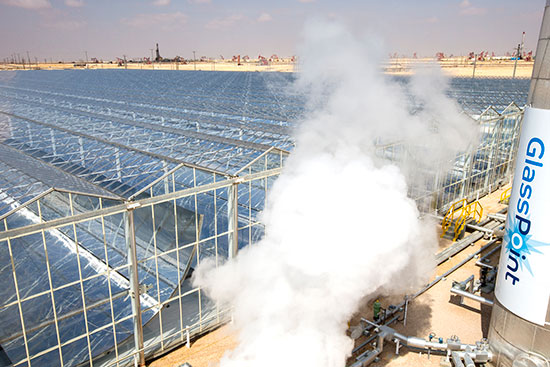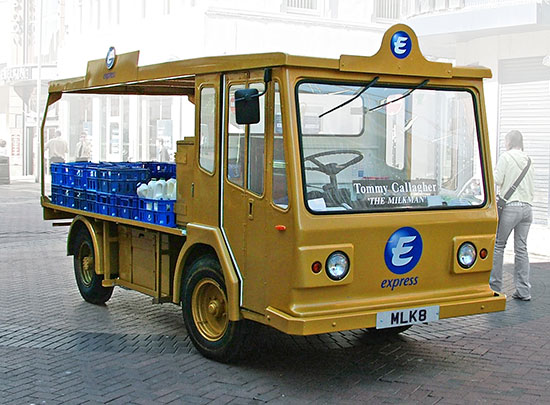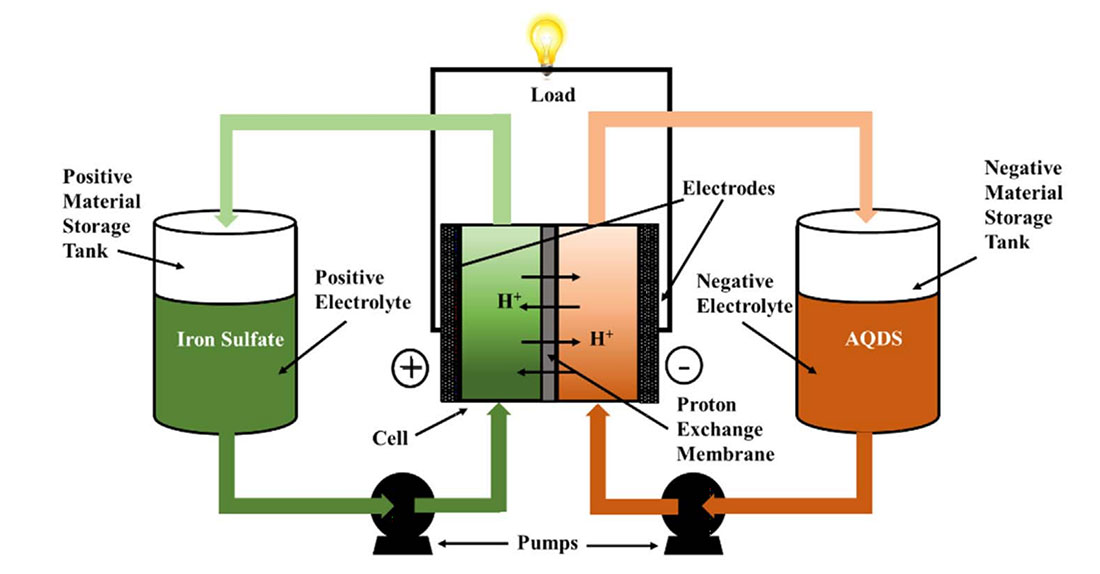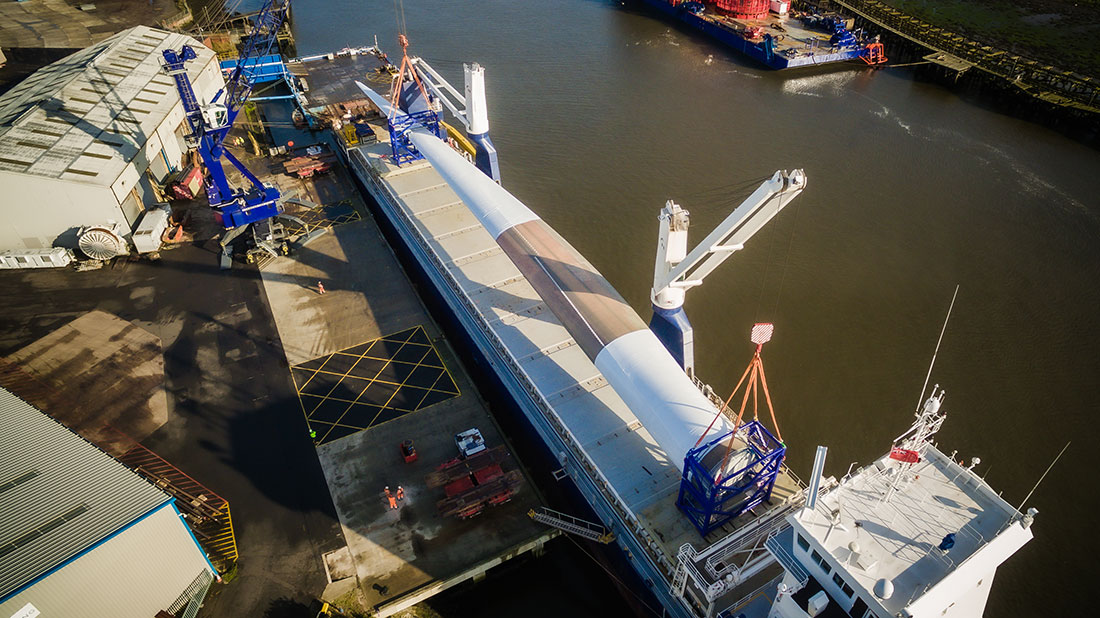We have all heard the old canards: renewable energy is expensive, it is too intermittent to replace fossils, wind farms are an eyesore, it is too difficult to combine new forms of power generation with the older forms, and so on. All these excuses may have been true at one time, but the technological landscape is changing at a bewildering speed, costs have plummeted faster than previously predicted, and researchers are bristling with new ideas.
By James Chater
Radical Joe
At the end of 2020, an event occurred that is probably more important for renewable energy than various recent technological advances: Joe Biden was elected US president. If his predecessor’s climate scepticism slowed down efforts to tackle global warming, Biden’s willingness to spend money to upgrade US infrastructure and promote green energy initiatives is likely to have the opposite effect.
In his first few months as president, Biden not only rejoined the Paris Accord, he also created a National Climate Task Force. He also pledged to lower or abolish subsidies for fossil fuel development, and paused fossil fuel projects on federal land. As far as green energy projects go, 2021 saw the US first out of the post by leaps and bounds. Wind power installations in the first quarter were up 40% compared to the same period last year. The Vineyard Wind 1 project will be the country’s first commercial offshore wind farm. Solar power and storage were not far behind, matching or exceeding output in previous years. At 173,000 MW, renewable energy capacity has more than doubled in five years; 84,000 MW more is under construction. Already existing solar installations are being retrofitted with energy storage capacity, and the US Department of Energy is funding research to improve geothermal technology.
Europe
Apart from North America, Europe is probably the region most committed to renewable energy. The EU’s “Green Deal” enshrines as law the goal to be carbon-neutral by 2050, and renewable initiatives receive public funding, such as a recent grant of EUR 400 million to Denmark for renewable electricity generation. Wind power received a boost on news that turbine blade manufacture will return to the UK in the form of a factory in Teesside that will cater for the Dogger Bank Offshore Wind Farm.
Did you know?
Solar power supplies have long been used in industrial applications. When still a part of the Soviet Union, Uz-bekistan saw the development of a secret solar furnace in which concentrated sunlight produced clean, instantly adjustable heat for melting or testing materials. At noon, the temperature could reach 3,000° C, hot enough to melt iron, steel and titanium. Though no longer secret, it is still in use today. A similar facility was built in France in 1969.
China
China is another dynamic market for renewable energy, even if the development of wind and solar facilities has slowed in recent years. However, the country’s credentials as a renewable powerhouse are complicated by a wave of recent coal power plant approvals. Since coal power generation is used for some district heating schemes, its continued presence in the energy mix is assured. Indeed, the 14th Five-Year plan calls for ‘clean’ coal, meaning supercritical and ultra-supercritical coal plants, alongside a greater role for renewables in the overall energy mix. China has the world’s largest installed capacity of hydro, solar and wind power, and renewable sources provide 26% of its electricity generation, compared to 17% in the USA. Much of the growth is due to a huge rise in distributed solar PV, with China to become the world leader in installed capacity in 2021.
Fast and slow
As time goes on, it becomes clearer which renewable energy forms are in the vanguard and which are developing relatively slowly. To start with the latter, geothermal has a small share of the renewables market and has developed very slowly, though this could change as new technologies are developed. It is one of the energy forms that consumes the most amount of high-grade stainless and titanium grades. (For instance, Sandvik is supplying seamless coiled tubing made from its SAF 2507®super duplex grade to a plant in Central America.) Another small share is taken up by ocean energy, which has suffered in recent years from project cancellations, but a steady trickle of new projects continues. Only time will tell if geothermal and ocean energy will enter the com-mercial mainstream or whether wind and solar are too far out in front for other forms to catch up.
Wind power
This leaves (at least for the purposes of this article) wind and solar. The problem with wind is that it is unpopular among those who live near the turbines, as large blades are considered an eyesore, make noise and kill birds. (In France, for example, 65% of installation plans are being contested in the courts.) The blades are indeed huge, and there is every incentive to make them bigger, as size results in efficiency gains. Because of environmental objections, it is likely that the larger turbines will deployed at sea rather than on land. For land, alternatives are being developed: new bladeless turbines promise to be less intrusive and more efficient and, as they can be placed closer together, take up less land. For instance, Vortex Bladeless’ design uses a turbine that “floats” on magnets and oscillates in swirling air caused by the wind bypassing the mast, in a process known as vortex-induced vibration (VIV). The “skybrator”, as it is sometimes called, is made of carbon fibre polymers, plastics, steel, neodymium and copper. Other ideas include a small turbine that generates electricity from the air displaced by passing cars, and the SkySail, a kite that captures the power of high-altitude winds.
Wind farms, especially offshore ones, are major consumers of nickel alloys and stainless steel(1). Last September, Neway was contracted to supply manual and actuated ball, GGC, and butterfly valves with stainless steel, duplex, super duplex, and titanium materials for an offshore wind project in Northern Europe.


Solar
At the moment, solar power is the most dynamic renewable sector in terms of creativity and technological development. A growing number of current projects combine solar with storage to ensure continuity of supply at night or in dull weather. Efficiency gains are be-ing obtained through floating solar panels. Solar panels placed on water relieve pressure on land use and reduce evaporation (useful in sun-drenched locations), while the water cools the panels, making them more efficient. Floating panels have been deployed in India and the United States and are being considered for California’s canals. Blueleaf Energy is to build a 500MW floating solar and storage peaking plant in Dong Nai province, Vietnam.
An innovation that could boost energy output by 10-15% uses embedded cavity optics to precisely direct more light to the cells. This Solar Energy Optics (SEO) film solution was developed by a Finnish company, ICS, using an ultra-thin film. A team at UC Davis is working on panels that can generate electricity both in daylight and at night. They are based on an alternative photovoltaic concept that uses the earth as a heat source and the night sky as a heat sink, resulting in a “nighttime photovoltaic cell”.
Heat exchangers in renewable energy
Renewable heat sources are increasingly seen as both sustainable and economically attractive by policy makers. With the global environmental pressures, technologies such as solar thermal, ground or water source heat pumps and harvesting waste heat have become more vital and, indeed, viable for residential, industrial, and mixed development projects.
In order to be truly viable, heat exchangers used in renewable energy applications must be highly efficient and perform under extreme conditions in some cases.
Shell and tube heat exchangers are used for energy storage in solar thermal power plants, plate heat exchangers feature in geothermal power generation, and air coolers are used for wind and biomass plants.
The future of renewable energy systems is entwined with the development of the heat transfer industry.

Storage
Whatever innovations are happening in wind and solar, the key to successful deployment of these lies in better storage. Storage can also be combined with nuclear or fossil-based power generation. Rechargeable batteries are the leading technology here, powered by lithiumion batteries. The problem is that lithium is hard to extract and refine, leaving a carbon footprint, and it tends to overheat. Are there safer, cleaner technologies that are just as efficient? A possible alternative is lithium-sulphur, and a recent development – the addition of a layer of cobalt oxalate on a sulphur cathode – provided a catalyst efficient enough for the battery to be used in aircraft and heavy vehicles.
The all-iron flow battery dispenses with lithium and rare-earth metals altogether. The system being developed by Energy Storage Systems (ESS) stores its electrolyte as liquid in external tanks. In this system, two chemicals flow past each other separated by a membrane, and protons pass through the membrane from one side of a vat to another, building up a potential difference between the two, thereby generating an electric current. Previously such batteries were based on vanadium, but it has been found that iron, even scrap iron, can be used. An effective redox battery can be made by using iron sulphate on one side and anthraquinone disulphonic acid on the other (diagram).
Hydrogen will play a huge role in the energy storage revolution. A green hydrogen revolution is underway, in which hydrogen is extracted from water using electrolysis powered by renewables. The Hydrogen Council says that hydrogen could supply up to 18% of overall global energy demand by 2050 (2). In response to growing demand, Thyssenkrupp, in collaboration with De Nora, has expanded its production capacity for green hydrogen, offering electrolyzers in ready-made standard modules. The EU is trying to attract investment for green hydrogen facilities, and Australia, Saudi Arabia, Japan, Brazil and Canada are also engaged on ambitious projects.
Is the future of storage battery or hydrogen? Or both? What about a battery that produces hydrogen? Scientists looked again at a nickel-iron battery invented 100 years ago by Thomas Edison and have discovered that when it is being discharged it releases hydrogen and oxygen. Moreover, as a consequence of the release of hydrogen, the electrodes increase their energy storage, increasing the battery’s efficiency.

The future
What of the future in a more general sense? Technological developments are rapidly changing the landscape of re-newable energy – rather like the early steam engines – and it is possible some designs and technologies could become obsolete shortly after installation. However, one hopes that these advances will pave the way for even quicker adoption of renewables than anticipated, making it more likely that the race against global warming is won.


References
(1) See nickel survey, Stainless Steel World, May 2016.
(2) https://www.hydropower.org/news/the-green-hydrogen-revolution-hydropowers-transformativerole
About this Featured Story
This Featured Story was first published in Stainless Steel World Magazine in August 2021 and then in the March 2022 issue of Heat Exchanger World Magazine. To read more Featured Stories and many other articles, subscribe to our print magazine.
Featured Stories are regularly shared with our Heat Exchanger World community. Join us and share your own Featured Story on Heat Exchanger World online and in print.


